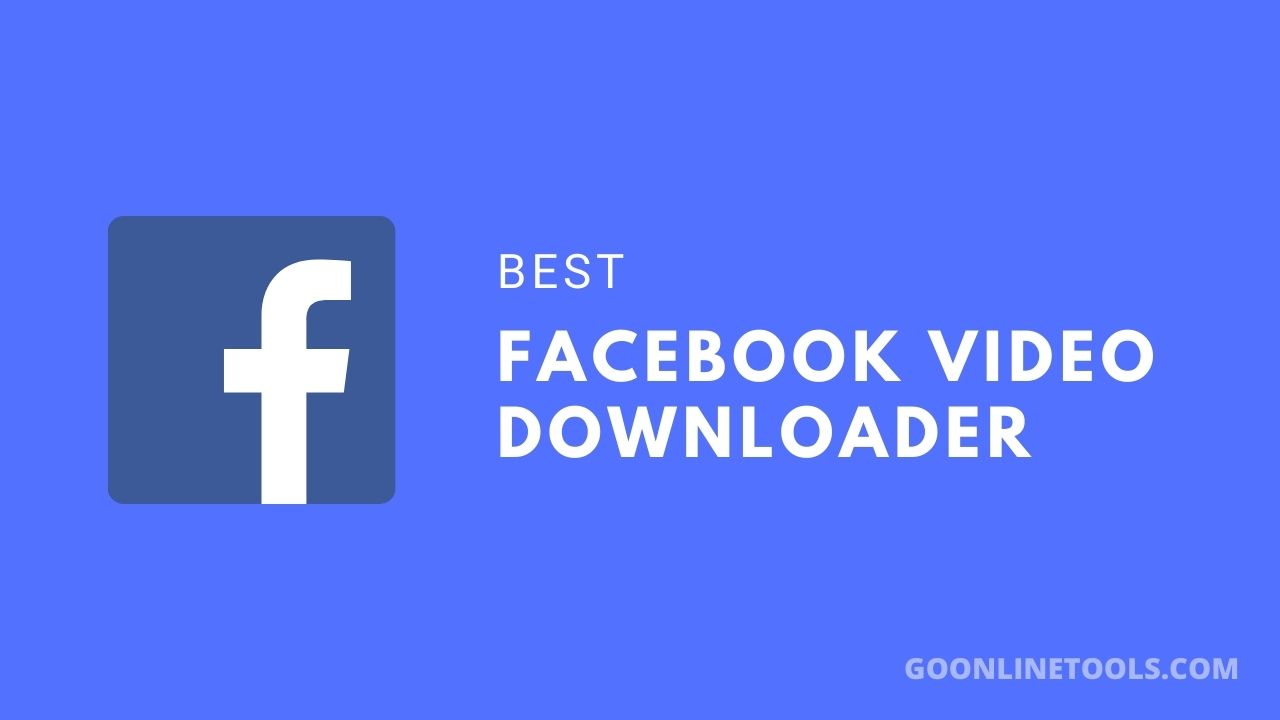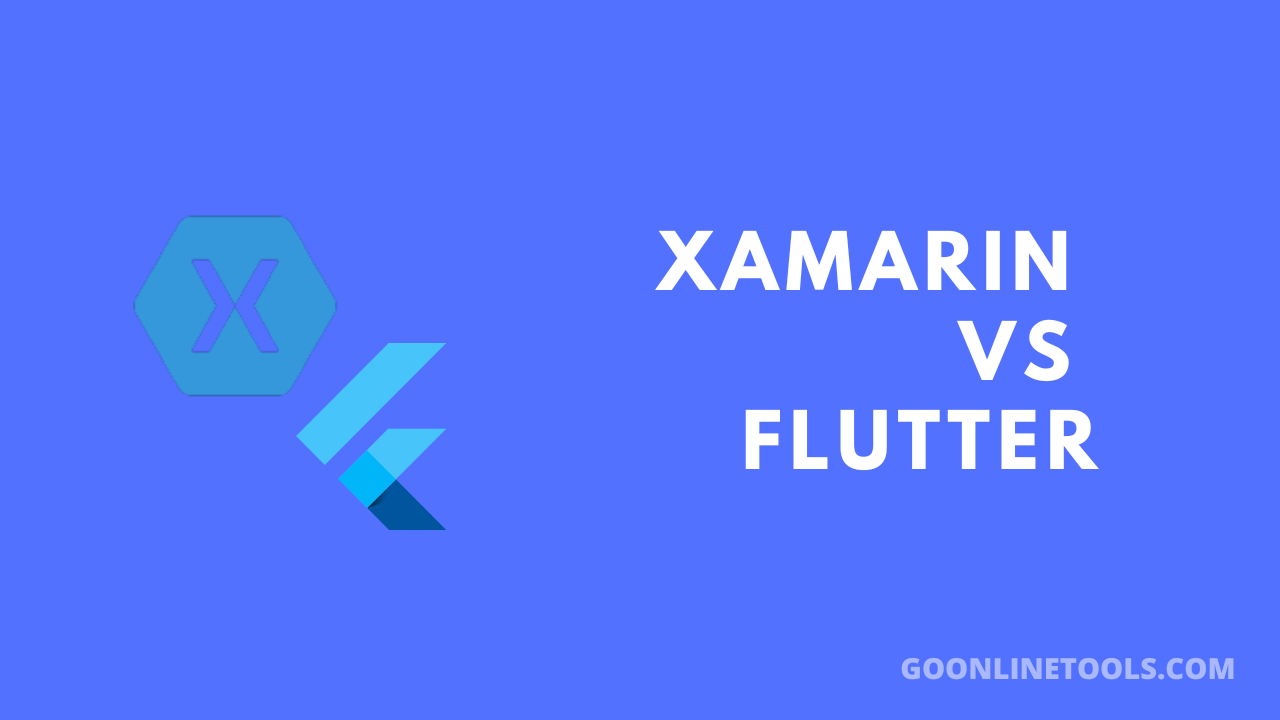
Featured image for "9 Essential Tools for Managing Cloud Costs Efficiently"
As businesses scale and integrate more cloud services, the complexity of tracking expenses can skyrocket. Fortunately, a variety of tools are available that specialize in simplifying this task significantly. Here are just a few categories of tools to consider adopting so that your cloud resources can be implemented effectively without pushing your budget to breaking point.
Top Picks for Visual Cost Management
Visual dashboards provide a clear, immediate snapshot of cloud spending, allowing teams to detect anomalies and optimize costs proactively. This approach not only simplifies data interpretation but enhances decision-making efficiency. Given that Garntner expects cloud spending to top $679 billion this year, securing cost efficiency is a must. Here are three top tools in this category:
- CloudHealth by VMware: A leader in the field, CloudHealth offers an extensive suite of analytics tools that help businesses visualize spending trends and predict future costs. Its policy-driven governance capabilities enable automatic real-time decisions to economize without manual intervention.
- Microsoft Azure Cost Management + Billing: Specifically designed for Azure users, this tool provides in-depth analytics on where budget is being spent across different services. It offers customizable reporting features that can adapt to the specific needs of your business. So for instance if you’re enabling remote working, it lets you do so in a financially justifiable way.
- Google Cloud Platform’s Cost Management Tools: These built-in features facilitate comprehensive monitoring and reporting on Google Cloud expenditures. With advanced data analysis and export options, teams can easily share insights and maintain control over their cloud budget.
Tools to Optimize Cost Efficiency
Automation plays a pivotal role in managing cloud costs by reducing manual oversight and improving resource efficiency. These tools can automate cost-saving policies across your cloud infrastructure, ensuring you get the most out of every dollar spent. Here are three standout choices:
- AWS Cost Explorer: This tool allows automatic tracking of AWS spending and usage patterns over time. It offers recommendations based on historical data, which can help identify areas where costs could be reduced through changes in subscription plans or resource allocations. There are of course a number of other AWS cost management services to consider, so check all the options before committing.
- ParkMyCloud: A focused tool that automatically identifies idle resources across AWS, Azure, and Google Cloud platforms and suggests smart parking options (i.e., auto-shutdown during non-peak hours) to slash unnecessary spending.
- Spot by NetApp: This tool leverages AI to optimize cloud spend efficiently. It automates the process of purchasing and managing spot instances that are cheaper than standard pricing models, significantly lowering operational costs for compute-intensive applications without sacrificing performance.
Allocation and Tagging Tools
Effective cost allocation and tagging are crucial for granular tracking of cloud expenditures across different departments or projects. These tools help in assigning costs to specific users, teams, or functions, enabling precise budgeting and accountability. Here are three tools that excel in this category:
- Cloudability by Apptio: This tool excels in financial management and cost allocation for cloud services. Cloudability provides detailed tagging capabilities that allow you to track every dollar spent on your cloud environment back to its source, making it easier to optimize spending patterns. This lets you focus on other aspects, like cloud security.
- IBM Turbonomic: Known for its application resource management and performance monitoring feature, IBM Turbonomic also offers robust expense management solutions that include chargeback reports based on precise usage data. This helps ensure budgets are strictly adhered to per team or project requirements.
- Yotascale: A dynamic player in the cost management sphere, Yotascale offers a sophisticated approach to cost allocation with strong support for Kubernetes environments. It enables accurate real-time tracking and predictive analytics for budget forecasting at both macro and micro levels.
Final Thoughts
As you can see, there are tons of tools out there which mean that cloud adoption does not have to be costly. Wringing as much value as possible from the platforms you add to your business toolkit will make you more productive as well as more efficient, so don’t sit still on this info.
The Editorial Team at GoOnlineTools.com specializes in delivering cutting-edge information on technology.
View all articles




